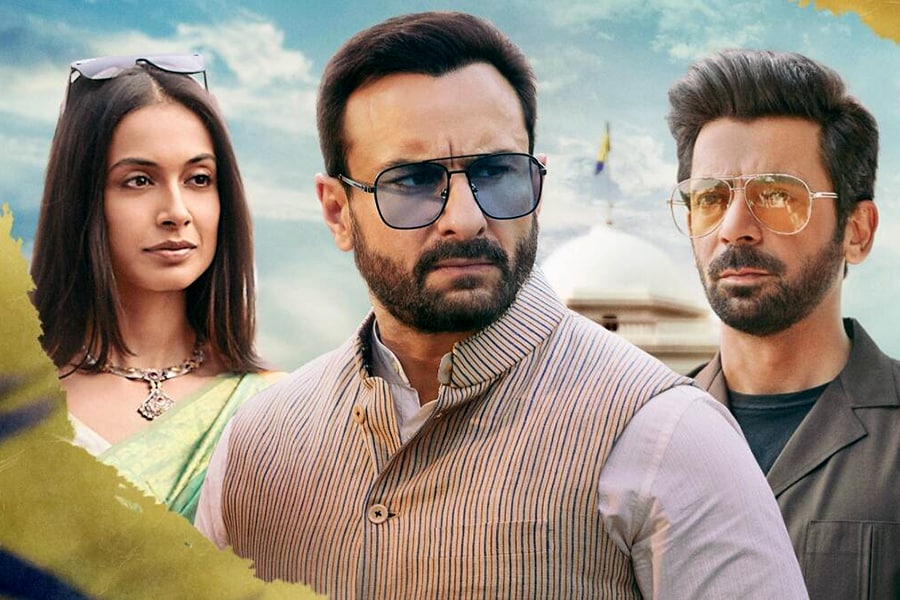
Censorship or Certification: How should OTT platforms be regulated?
There was consensus among the Parliamentary Standing Committee on Information Technology to protect creative freedom. Forbes India gets you unknown details from the meetings
 Image: Courtesy Prime Video
Image: Courtesy Prime Video
The Parliamentary Standing Committee on Information Technology heard from two “non-official witnesses”—Vani Tripathi Tikoo, a member of the Central Board of Film Certification (CBFC), and producer and director Kabir Khan, a member of the Producers Guild of India—on how films and streaming platforms should be regulated, and what kind of interventions are required at a legislative level. Both Tikoo and Khan agreed that there is a need to move from censorship to certification, but they differed on how OTT platforms should be regulated, Forbes India has learnt after talking to multiple sources aware of the proceedings. There was consensus among the committee members that the Cinematograph Act, 1952, needs to be amended.
How should OTT platforms be regulated?
Tikoo argued in favour of creating some sort of regulation or guidelines for OTT platforms such as Netflix, Disney+ Hotstar, Amazon Prime Video and others to level the playing field between movies released in theatres and those released on streaming platforms. This is in line with the argument she made in her November 2020 report, ‘Embracing Non-Linearity: Embracing the Future of India’s Entertainment Industry’, co-authored with director Shekhar Kapur. It is understood that she argued that movies that are directly released on OTT platforms do not have to be certified by CBFC and get an advantage over those that release in theatres. However, she did not champion censorship and instead argued in favour of certification while explaining how CBFC’s certification process works.
Khan, on the other hand, argued that ideally, there should be no regulation. If there has to regulation, he said, there should be self-regulation—which should, at best, be limited to certification. He said the choice to view content, even in theatres, should be left to the viewers. Once it is certified—whether the content has violence, nudity, strong language or any other pre-determined features—it should be up to the viewer to decide whether or not they want to watch it. To protect children, OTT platforms also provide parental controls, Khan explained.
Khan told the committee that in case of OTT platforms, the content in question is “pull” content—that is, the viewers choose to search certain content and then watch it. This is in contrast to content broadcast on TV which is “push” content—the content is not chosen by the viewer and is instead pushed on them. The main aim, Khan argued, should be to grade a film so that the viewers can choose whether or not they want to watch it.





